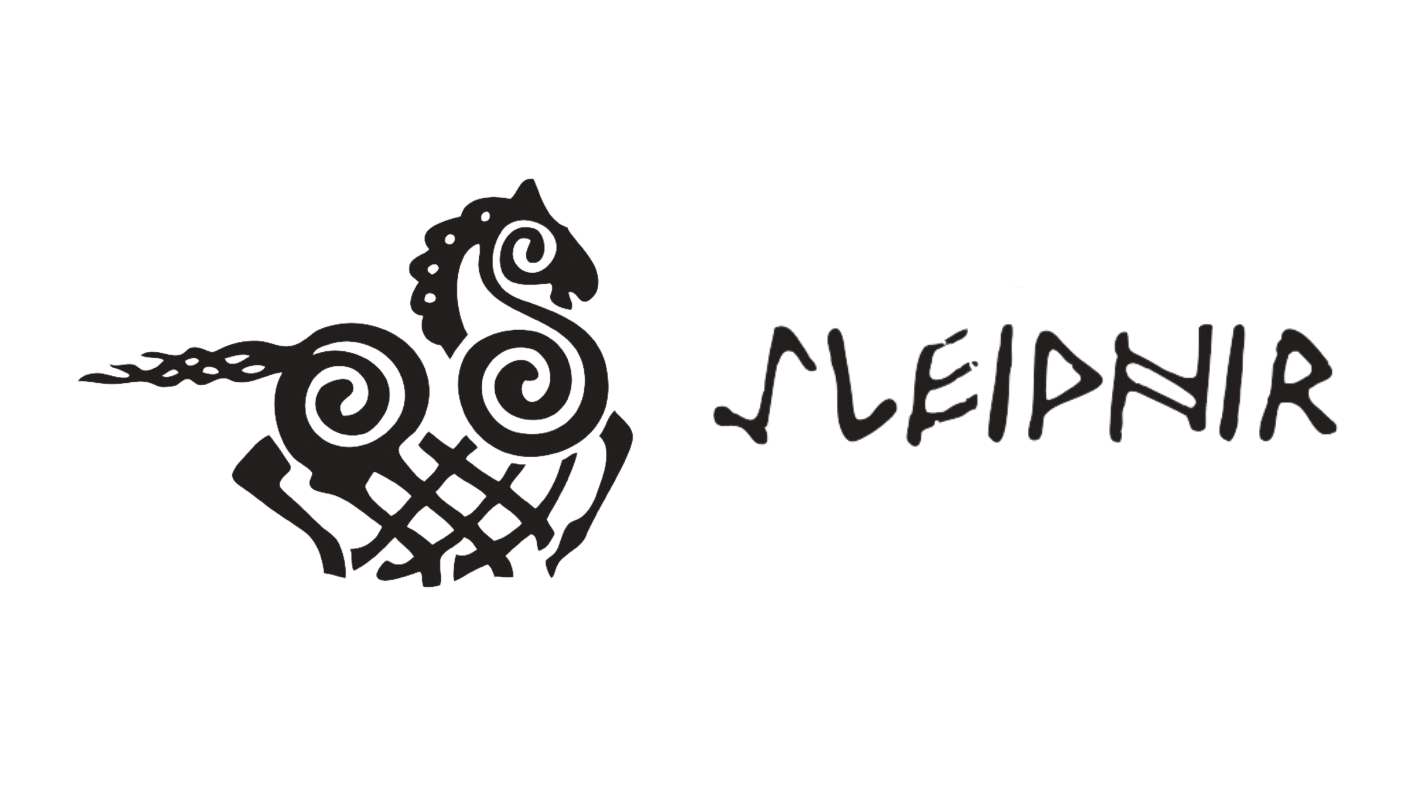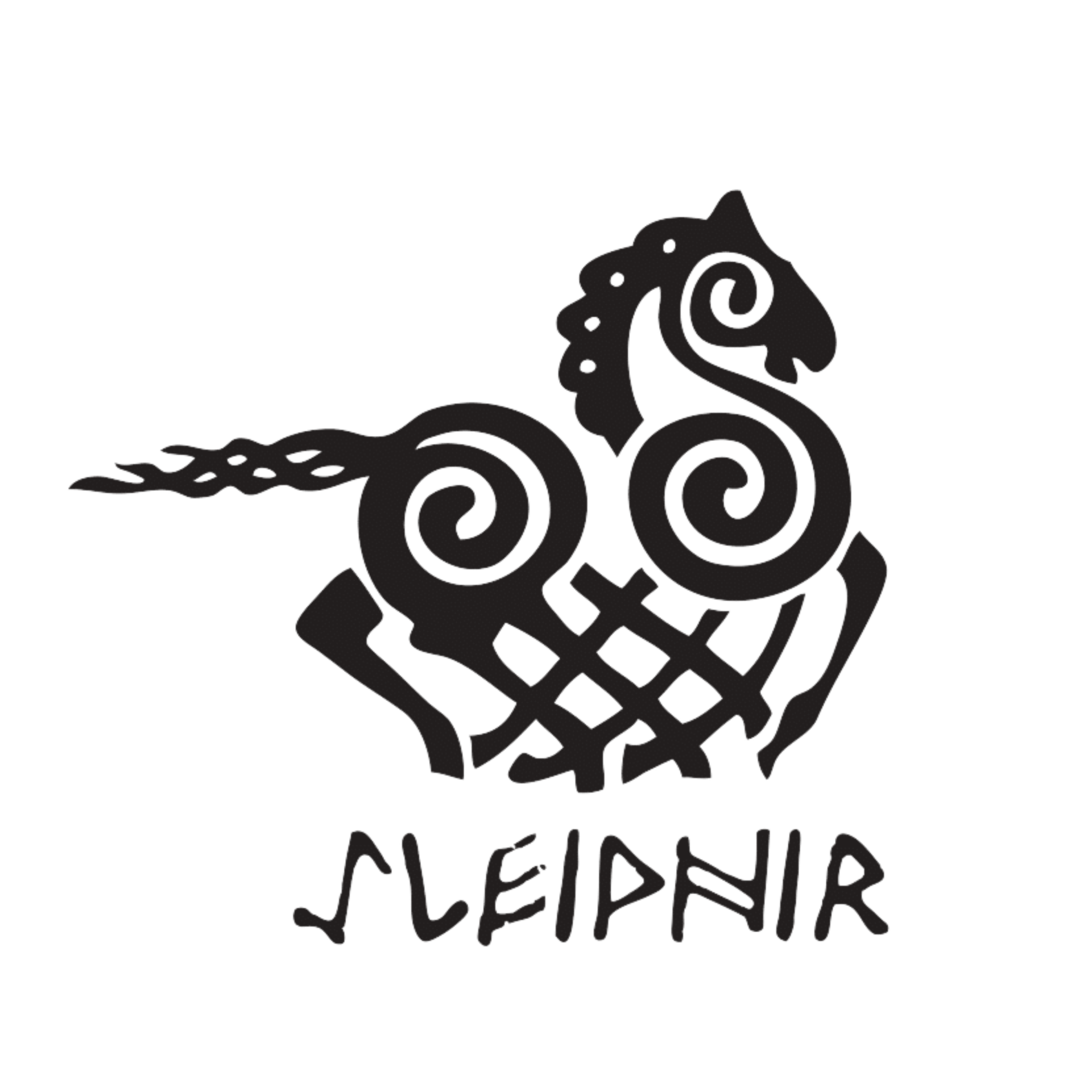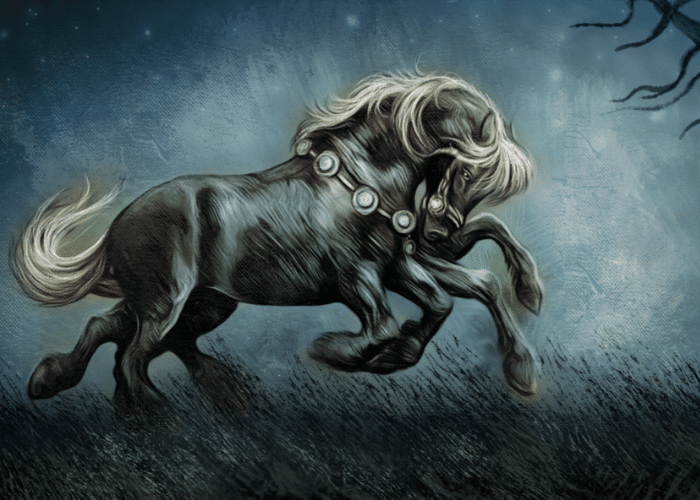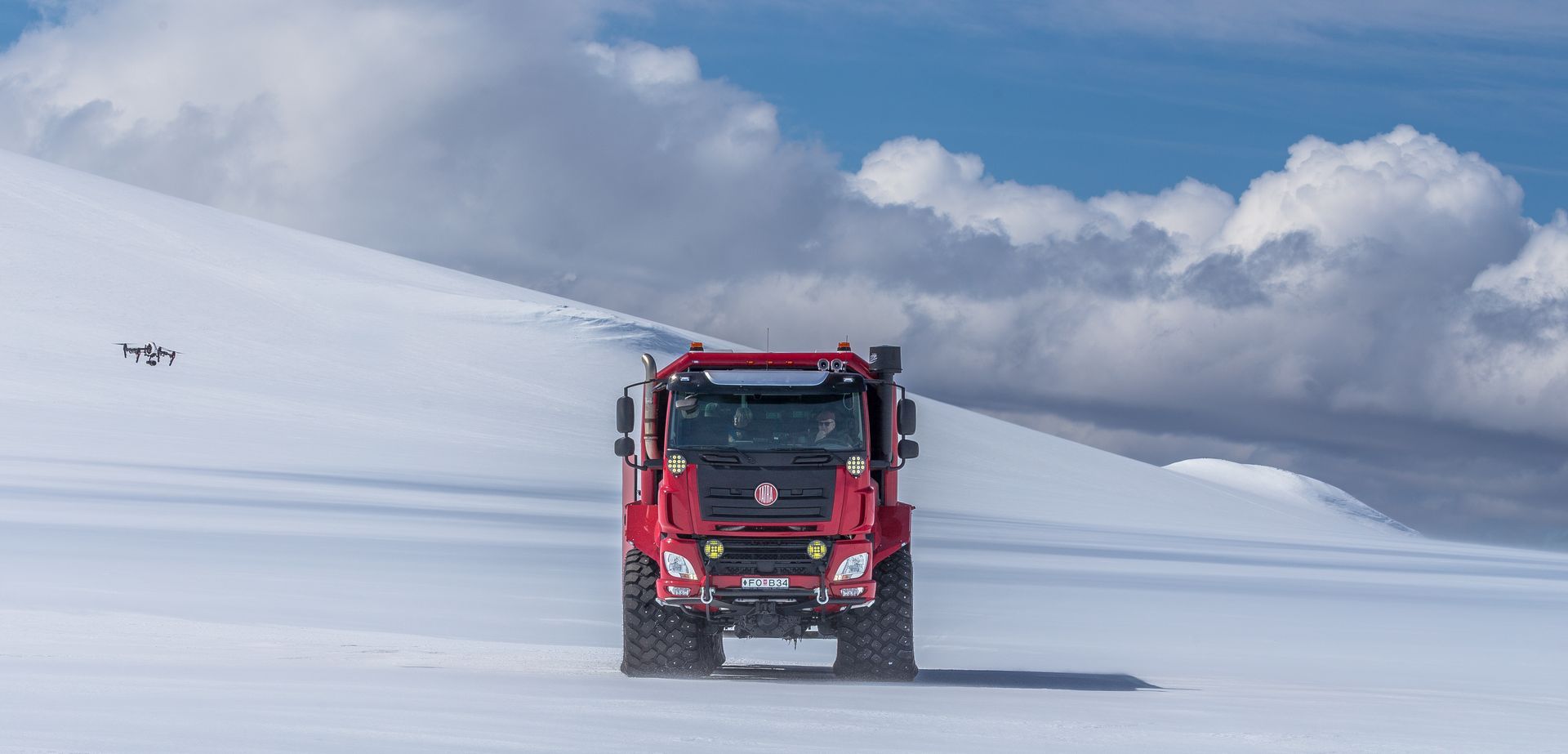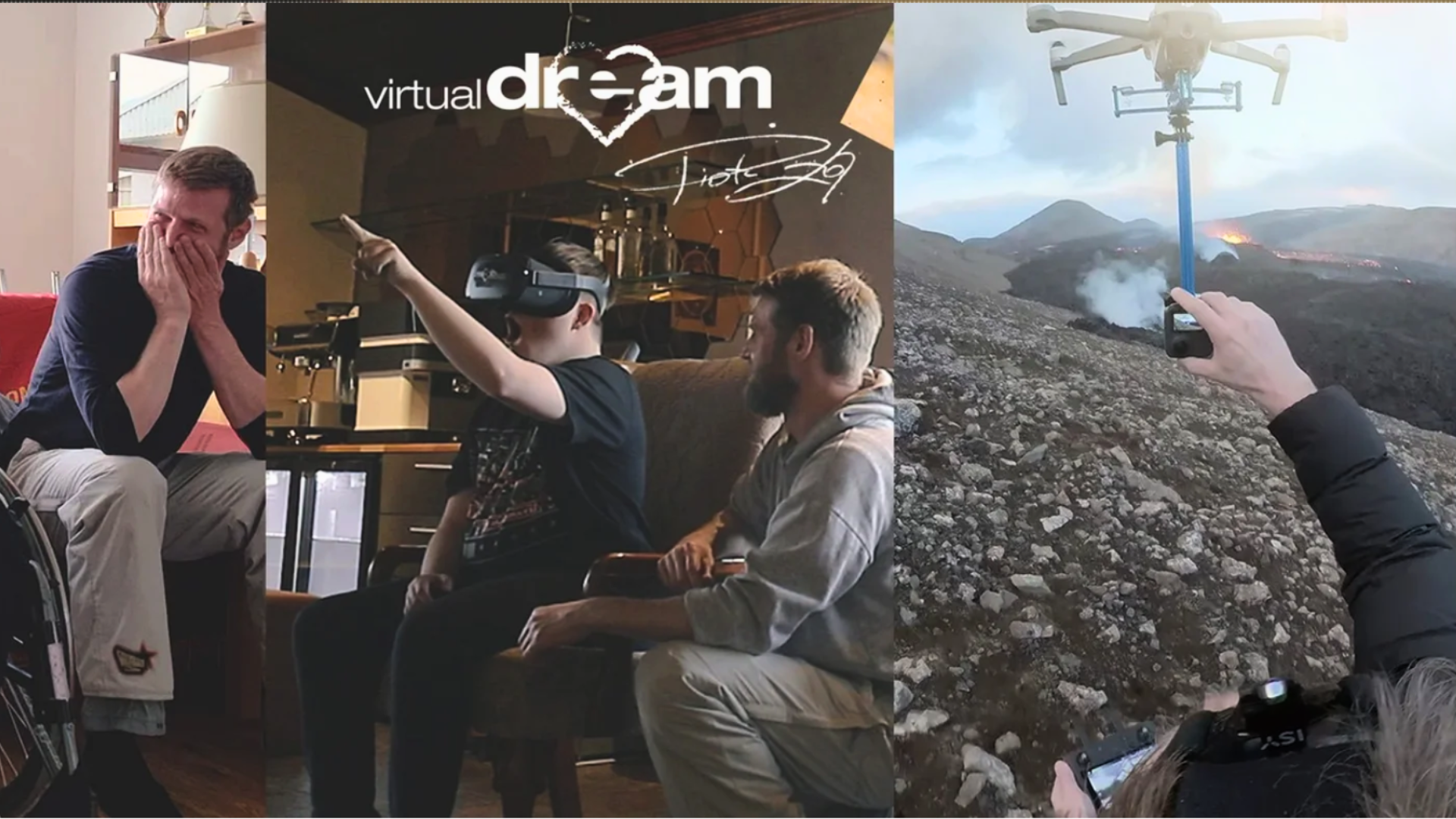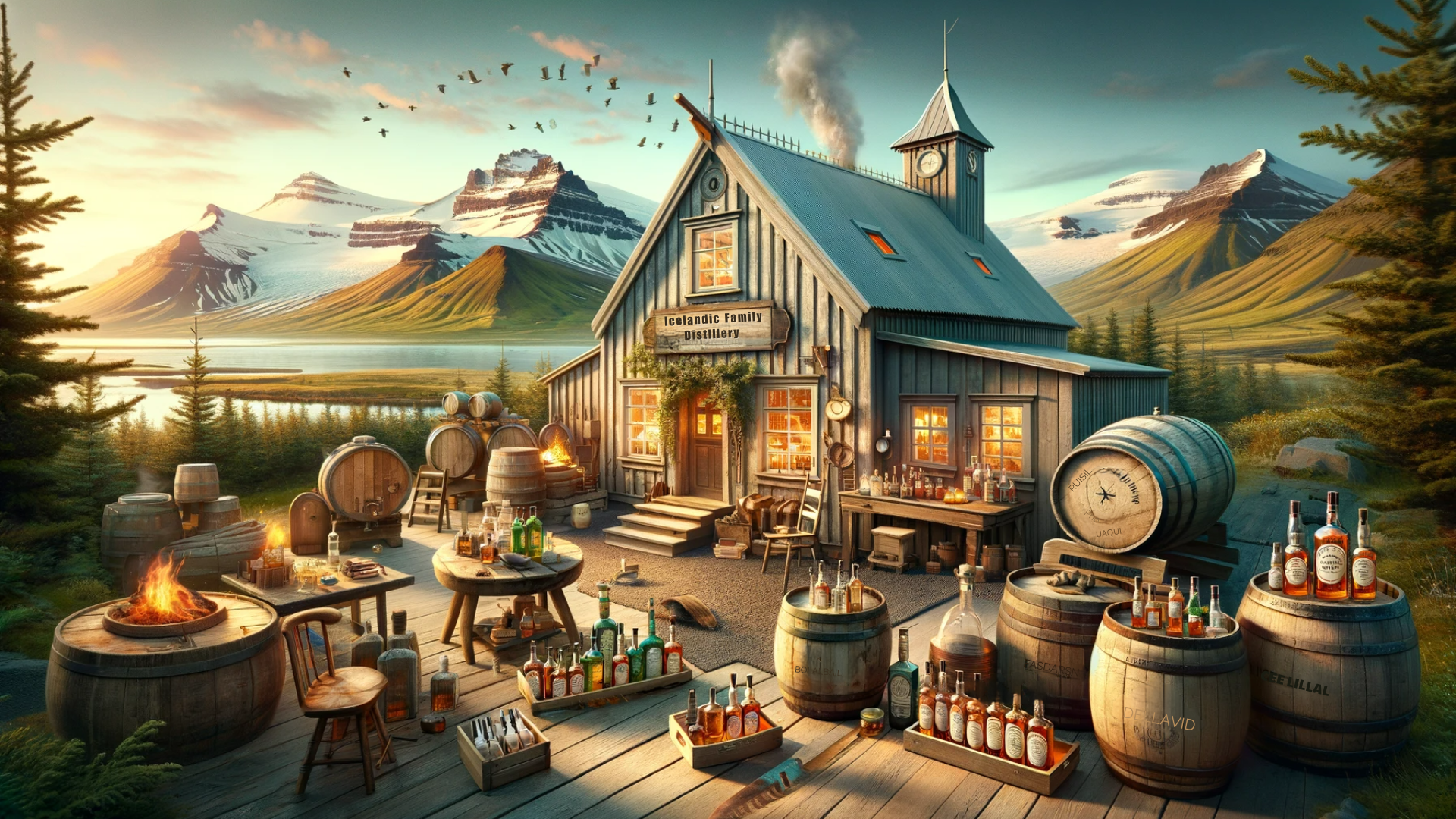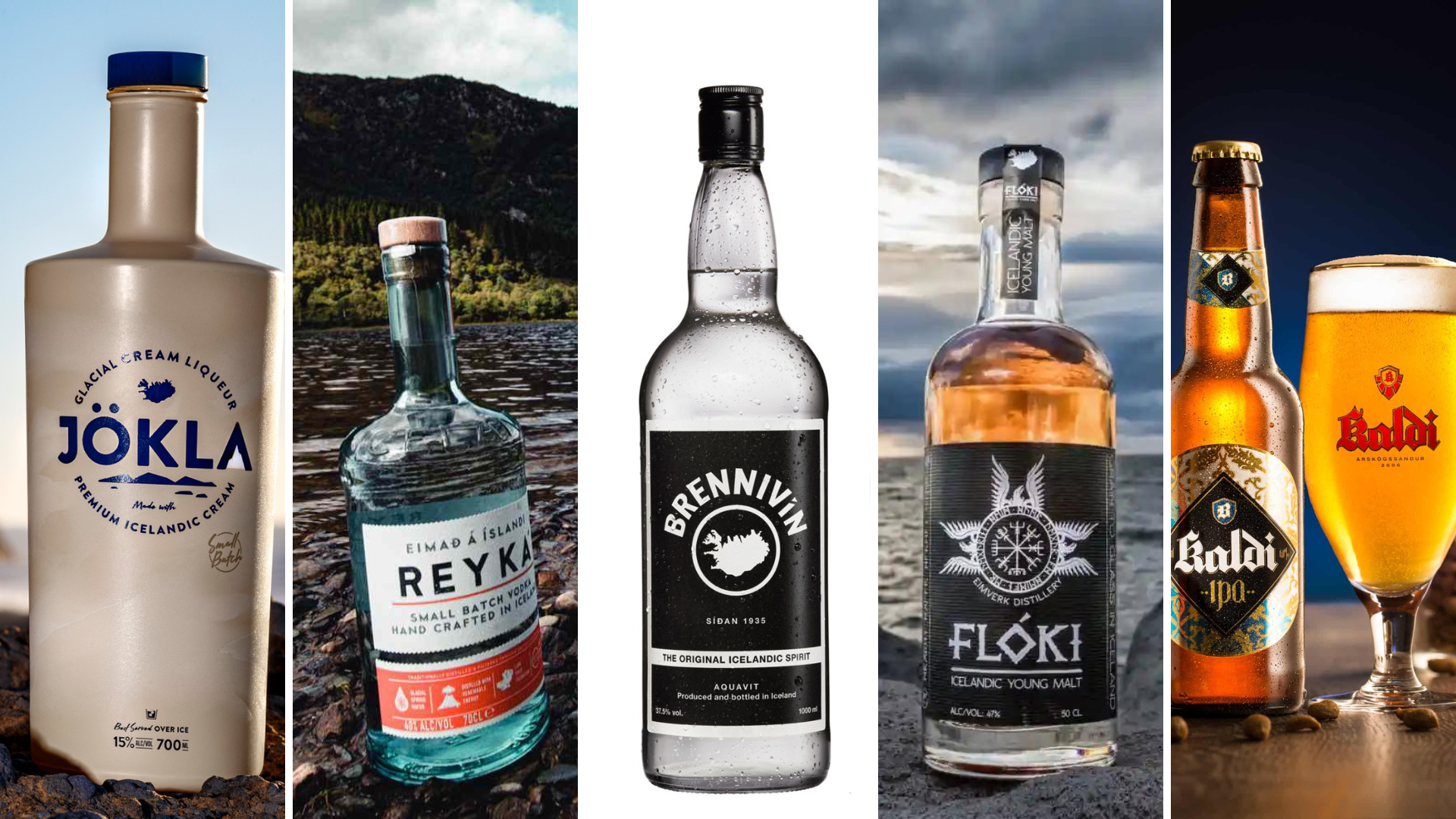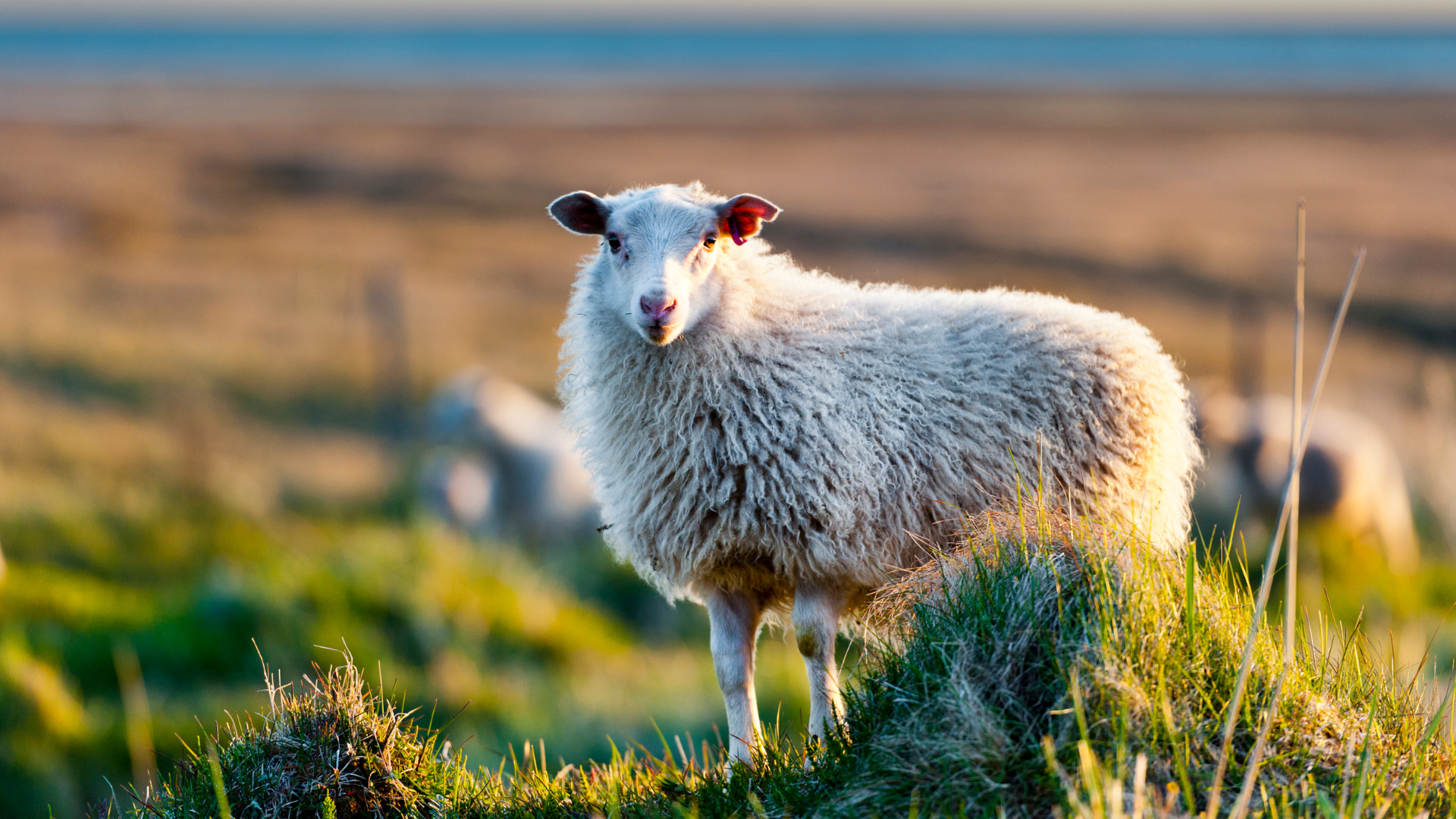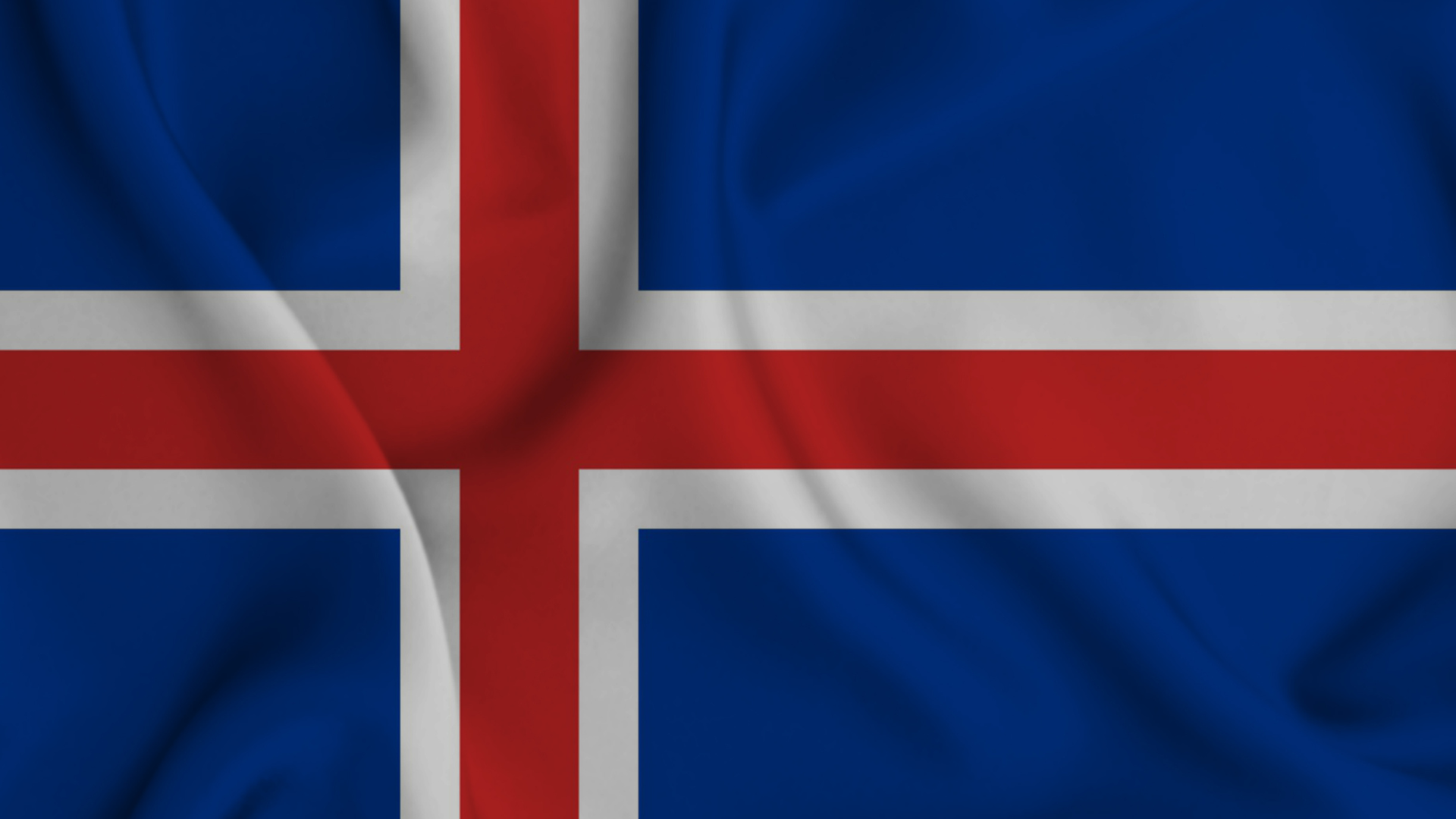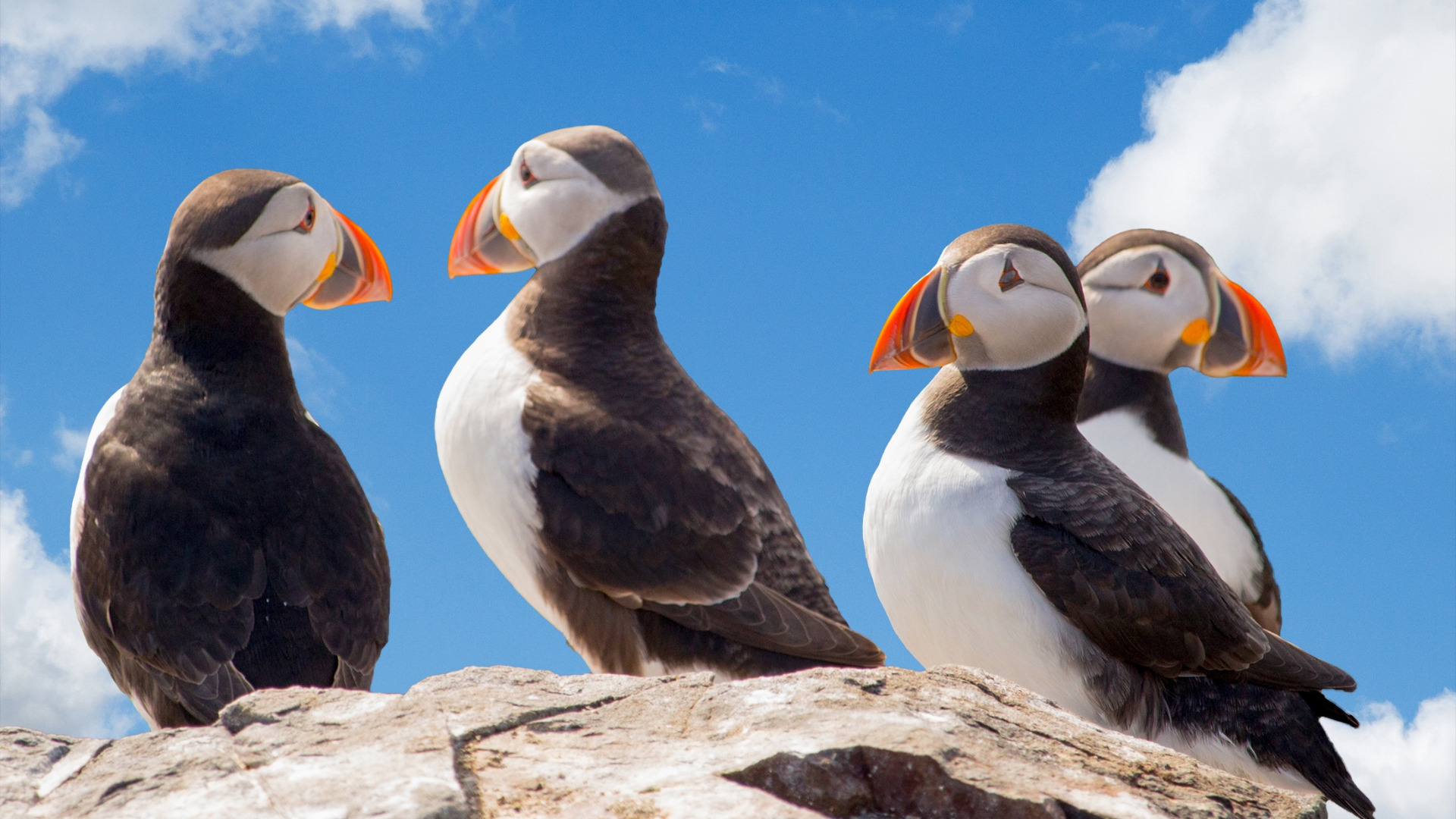Latest Update: Volcanic Eruption in Reykjanes Peninsula, Iceland near Litli Hrútur
A New Eruption Stirs on Litli Hrútur - Iceland
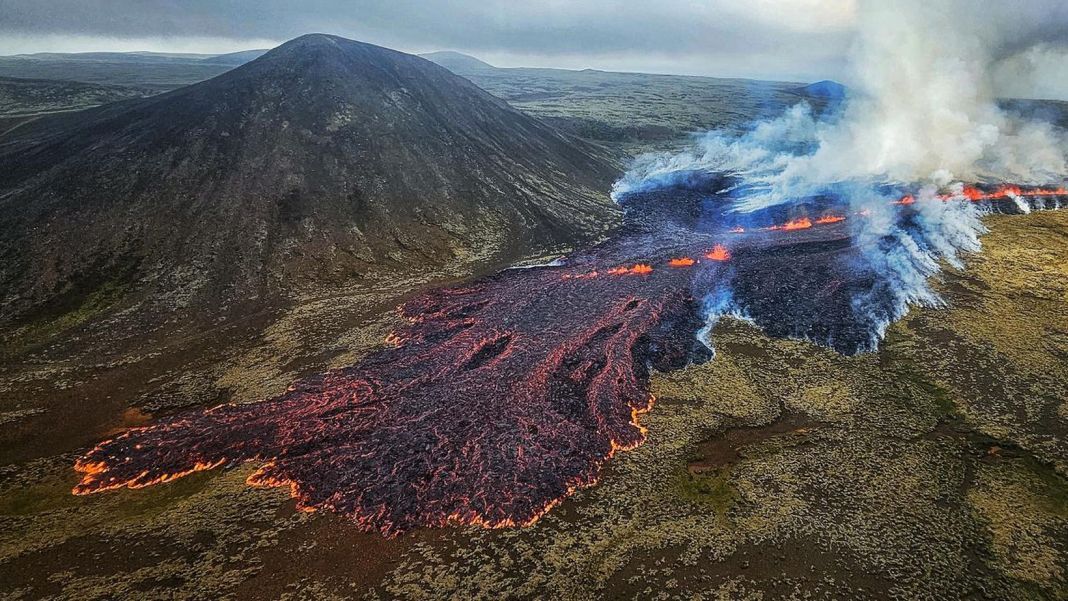
fot. mbl.is / Árni Sæberg
Table of Content:
- Introduction
- Setting the Stage: Pre-Eruption Seismic Activities
- The Dramatic Display: Visuals of the Eruption
- Aviation and Infrastructure Amidst the Eruption
- Safety Measures Amidst Fascination
- Tracing Back: Reykjanes Peninsula's Volcanic History
- Reliving Past Spectacles: The 2021 Eruption
- Iceland: An Active Land of Fire and Ice
- Conclusion: An Educational Spectacle Amid Caution
10. BONUS: Watch the Litli Hrútur Volcano Site LIVE
1. Introduction
The Reykjanes Peninsula, home to a collection of breathtaking landscapes and geological marvels, has a new spectacle to witness — a volcanic eruption near Litli Hrútur. The eruption, while modest in scope, promises a unique spectacle for nature enthusiasts, scientists, and tourists alike. Amid the intrigue, authorities caution everyone of the potential risks this new volcanic event presents.
2. Setting the Stage: Pre-Eruption Seismic Activities
Only a week prior to the eruption, the Reykjanes Peninsula reported a noticeable uplift across various locations. This uplift was accompanied by a series of earthquakes, many surpassing a magnitude of 4 on the Richter scale, which escalated into thousands of tremors. No substantial structural damage was reported, yet these seismic activities were a prelude to the unfolding volcanic event.
3. The Dramatic Display: Visuals of the Eruption
Erupting from a 200-meter-long fissure, the current eruption site near Litli Hrútur paints a mesmerizing picture. Lava fountains gush from the fissure, their vibrant glow contrasting against the dark volcanic landscape. Gas and steam drift northwest, creating a spectacle that is both beautiful and powerful.
4. Aviation and Infrastructure Amidst the Eruption
In stark contrast to the disruptive Eyjafjallajökull eruption in 2010, the current eruption has not led to cancellations or disruptions to flights, with the Keflavik Airport operating as usual. There are no immediate risks to local communities or infrastructure, a testament to the contained nature of this eruption.
5. Safety Measures Amidst Fascination
Despite the eruption occurring in an uninhabited region, authorities have warned against venturing close to the site due to potential accumulation of hazardous volcanic gases. With the wind carrying these gases northward, even Reykjavik could experience effects. To ensure public safety, all trails leading to the volcano have been closed until further notice. (For updates please monitor: The Department of Civil Protection and Emergency Management and Safe Travel)
6. Tracing Back: Reykjanes Peninsula's Volcanic History
The Reykjanes Peninsula, a known seismic hotspot southwest of Reykjavik, boasts a long history of volcanic activity. The current eruption echoes its predecessors – most notably, the eruptions from a 500-750 meters long fissure in the Fagradalsfjall volcanic system in March 2021 and August 2022.
7. Reliving Past Spectacles: The 2021 Eruption
The 2021 eruption in the same area attracted crowds by the hundreds of thousands, lured by the magnificent lava flows over several months. The contrast is stark today, as the public is advised to keep their distance.
8. Iceland: An Active Land of Fire and Ice
Situated on the mid-Atlantic ridge, Iceland, the most active volcanic region in Europe, bears witness to the dynamic movement of the Eurasian and North American tectonic plates. This activity leads to an average of one eruption every five years, creating a unique blend of fire and ice for locals and visitors alike.
9. Conclusion: An Educational Spectacle Amid Caution
The eruption near Litli Hrútur is not just a fascinating sight; it serves as a potent reminder of the raw, untamed power of nature. It also provides valuable insights for scientists studying seismic and volcanic activities. However, as we observe this volcanic event unfold, caution and respect for the immense force that is our planet are paramount.
10. BONUS: Watch the Litli Hrútur Volcano Site LIVE

You Might Also Want to Check Sleipnir's Glacier Tours
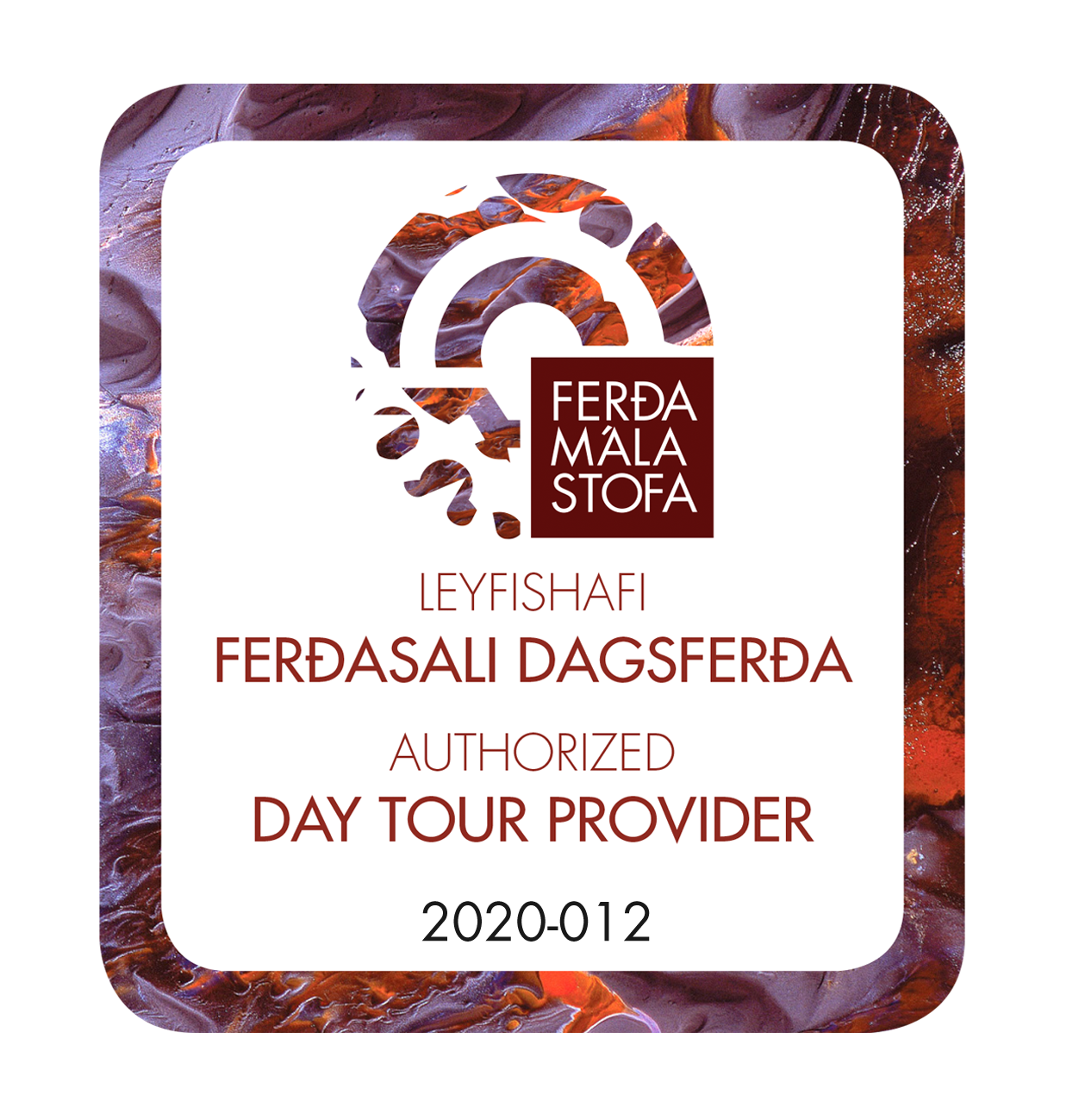

CONTACT SLEIPNIR TEAM
+354 5654647
info@sleipnirtours.is
Office Hours: mon - fri 8:30-16:00
Stálhella 2, 221 Hafnarfjörður
ID: 700896-2779
